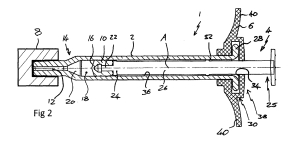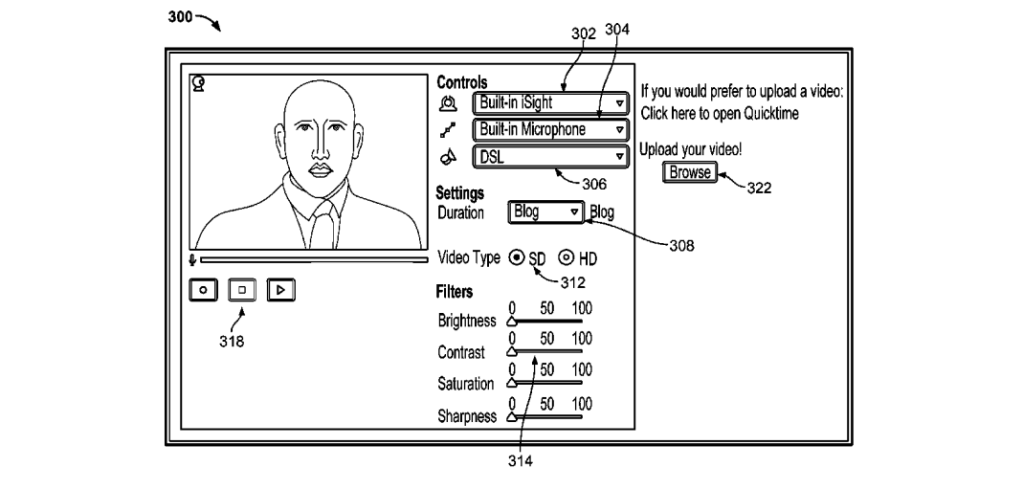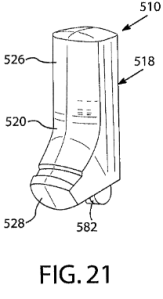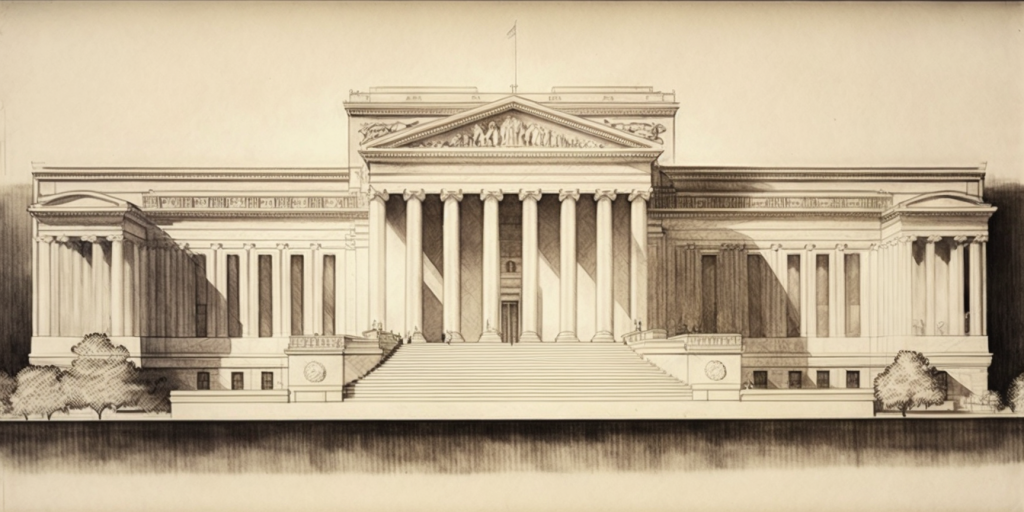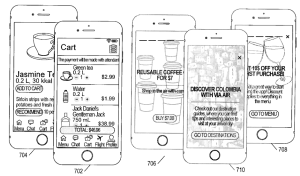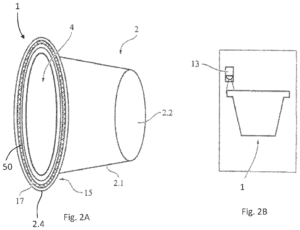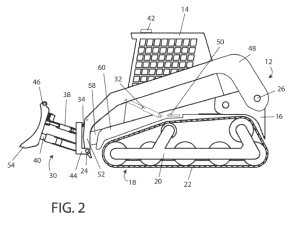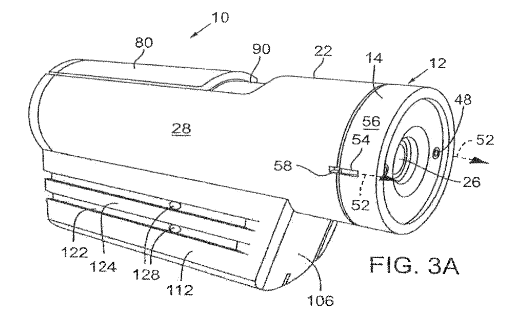Guest Post by Charles Macedo, David Goldberg, Thomas Hart, John Dellaportas, and Jamie Zipper. The authors are all firm of Amster, Rothstein & Ebenstein LLP, except for Dellaportas, who hails from Emmet Marvin & Martin. Disclosure – Several members of this team (and both firms) have represented Island IP — arguing the issues discussed here.
Introduction
Courts of Appeal are both courts of review and subject to review. As courts of review, they have demanded of the lower courts that they provide sufficient reasoning and rationale to enable the parties and reviewing courts to understand the bases of their decisions. As courts subject to review, the US Supreme Court has demanded that Courts of Appeal provide sufficient information and explanation of their judgments so the Justices can, in turn, provide their review.
Federal Rule of Appellate Procedure Rule 36 allows for courts to issue judgments without opinions. Each of the Circuit Courts has their own rules and practices associated with the issuance of such opinions. The majority—including the First, Second, Third, Fourth, Sixth, Seventh, Ninth, Eleventh, and DC Circuits—do not have a local rule allowing simple one-word affirmances, while the minority—including the Fifth, Eighth, Tenth, and Federal Circuits—do. However, of the latter four circuits, in the past year only the Fifth and Federal Circuit have used one-word affirmances, with the Federal Circuit’s use standing out by a high margin.
The Federal Circuit’s use of Local Rule 36 thus differs drastically from other Courts of Appeal. The Supreme Court should resolve this circuit split. (more…)
